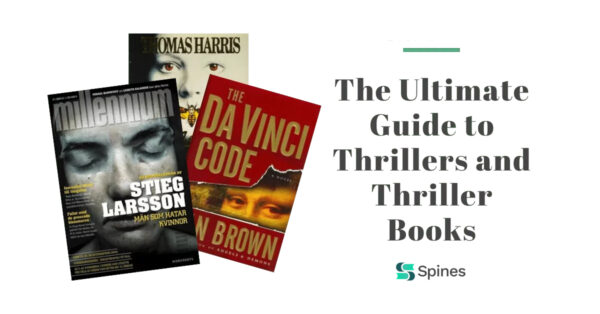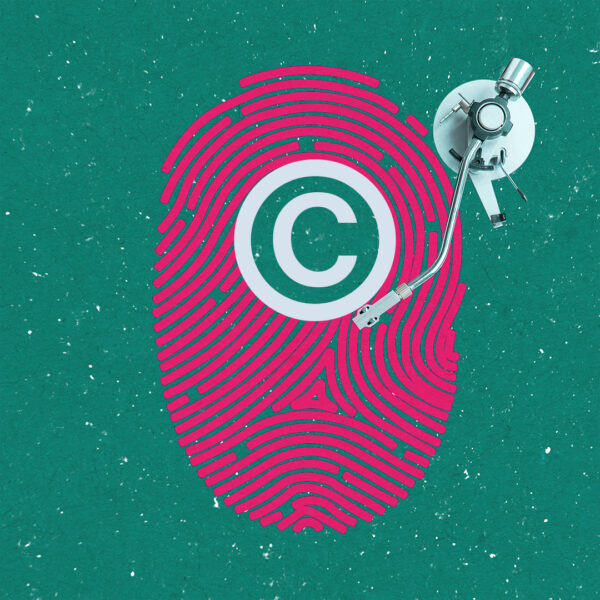You may have written a great book, but that doesn’t mean people will suddenly be coming out of the woodwork to help you sell it. A successful book distribution campaign is one of the essential steps in publishing – it’s your chance to get your book in front of as many members of your target audience as possible – and hopefully turn them into customers.
Publishing is typically a two-part process. The first part includes proofreading, editing, formatting, and printing, while the second is focused on distribution. When people think of book distribution services, they might think of bookstores, but these days, distribution goes far beyond that. This article will shed some light on how book distribution works, as well as your options as a self-publishing author.
Guide to Self-Publishing and Book Distribution in a Nutshell
Book distribution is the process of distributing your book to brick-and-mortar bookstores, retailers, libraries, online stores, and anyone who may want to sell it. Many self-published authors handle distribution themselves, taking finished copies of their book to the various distribution channels themselves. However, the ease of having the distribution done for you by dedicated book distribution services (that will likely have a more comprehensive roster of channels) is hard to beat.
The method of book distribution depends on several factors, including target profit, number of copies, target market, and more. While the process may seem cut and dry, it is not so simple, which is why many self-publishers choose to hand the responsibility over to a self-publishing company that understands book distribution.
Distributing According to Book Type
Before the Internet, your only option as a self-published author was to publish your book through traditional distribution, which involved selling paperback or hardcover copies of your book. While conventional distribution is still a good option, the internet has revolutionized the publishing process. Today, authors also have the opportunity to sell their books directly online as eBooks.

Publishing your book the traditional way is much more challenging, but it comes with something that can’t be replicated: seeing your book on a shelf in a bookstore. Still, there are more challenges in distributing your book to physical bookstores—one of which being that the retailer won’t stock your book unless they are confident they can sell it.
Unfortunately, if you’re a new author, it will take time to build up your authorial presence, which most retailers base on previous book sales or if the author is a notable figure. So, unless you have a blockbuster debut, finding retailers to carry your book can be a significant challenge.
In terms of payments, physical bookstores also typically expect a wholesale discount of at least 55%. This discount will enable bookstores to sell the book at list price and profit for themselves. Sure, you can choose to give them a lower wholesale discount—at as low as 30% depending on the area. But, keep in mind that the entire wholesale discount won’t go directly into the bookstore’s pocket. Certain distributors and wholesalers will ask for a portion for the role they play in the process. So, the higher the discount, the more chance the bookstore will order your book at the end of the day.
A self-publishing company with distribution services should have existing relationships with brick-and-mortar bookstores and online booksellers. You can rely on them to open doors for you, and some may even get you concessions from retailers because of these relationships.
Print on Demand
Print-on-demand production is a fairly straightforward way to distribute your book to online retailers. The two largest print-on-demand companies serving the online market are Amazon KDP Print and Ingram Spark. You can use either of them to order books at cost for personal use, or to maintain a stock for book signings, consignment, or direct-to-consumer website sales.
When you work with a self-publishing company, they should be able to advise you on print-on-demand channels available to you. While it’s tempting to jump on all channels possible, you may find yourself quickly overwhelmed and without a focused marketing plan down the road.
eBook
Amazon is currently the largest platform selling eBooks through the Kindle Direct Publishing platform that connects authors to customers through Amazon’s Kindle store. Here, Amazon pays authors up to 70% of the proceeds from each sale. However, Amazon isn’t the only option for self-publishing authors who want to sell digital books. You also have publishers like Apple, Barnes & Noble, Kobo, Google Play, and more.
Any reputable self-publishing company with book distribution services will help you decide which platforms best suit your book. You may find that they’ll even guide you to the more obscure, niche platforms that are more suited to your book’s genre.
Working with a Self-Publishing Company
The number of available distribution channels to get your book in front of readers is overwhelming, which is why you may want to sign up with a book distribution service. Who will shop it across their distribution network of wholesalers and retailers, so you can be confident your book will find its way to readers.
For example, Spines will take your manuscript and edit, format, print, distribute and sell it for you through partners like Amazon, Barnes & Noble, Ingram Content Group, Baker & Taylor, BAM!, Adlibris, Bookazine, and more. You can then advertise and sell to a broader market while spending less than you would if you did it all yourself.
Find out if BooxAI is right for you – learn more here. How does Spines work









